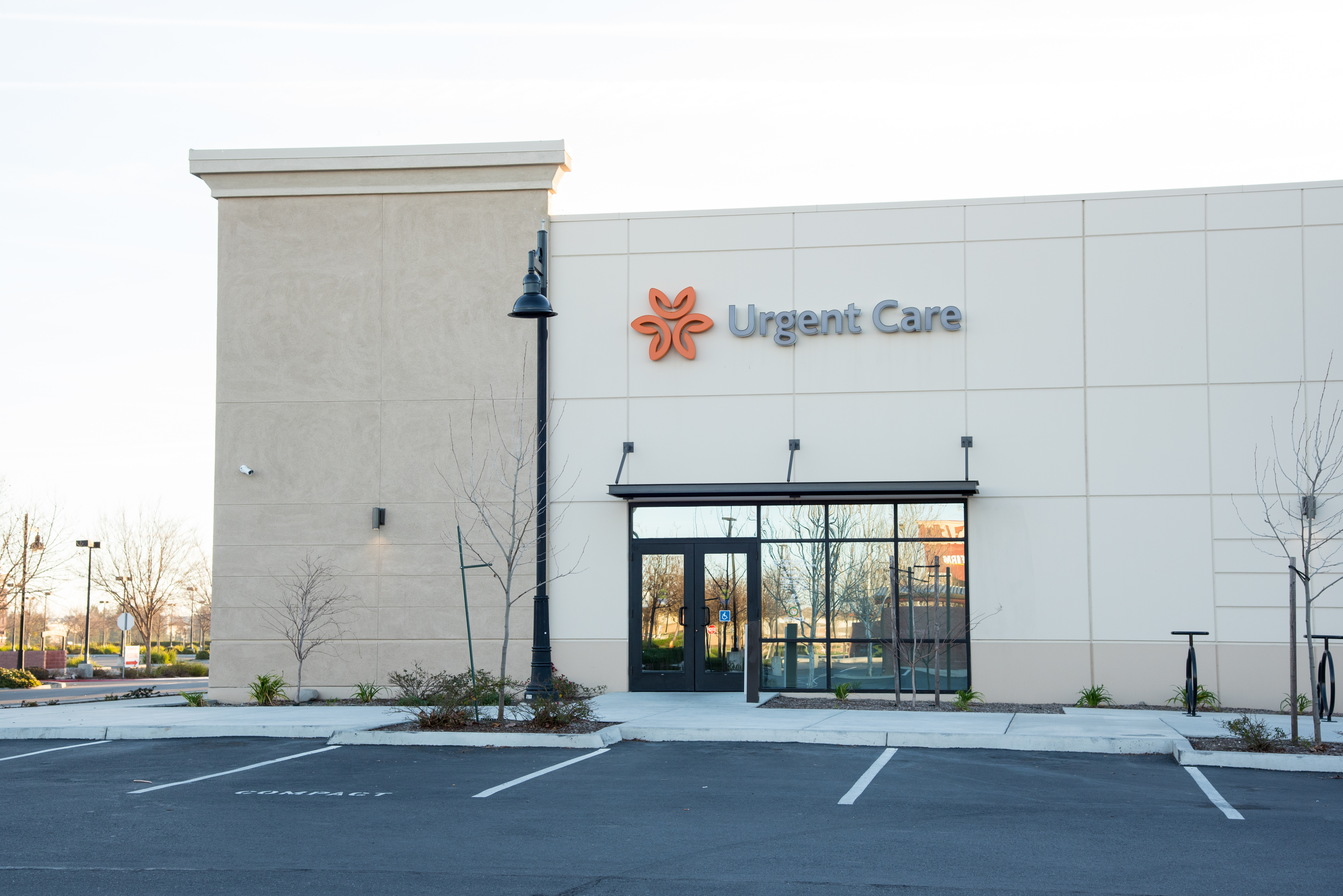Comparing Urgent Care Clinics: What Establishes Our Clinic Apart
Understanding the Function of Urgent Treatment in Giving Timely Therapy for Non-Life-Threatening Problems
Urgent treatment centers have actually arised as a vital element of the medical care landscape, resolving the immediate needs of people with non-life-threatening problems. Comprehending the nuances of urgent treatment could significantly impact individual results and the overall performance of medical care distribution.
What Is Urgent Treatment?
Urgent care refers to a group of medical solutions developed to resolve non-life-threatening conditions that call for immediate attention. These facilities work as an intermediary between medical care medical professionals and emergency situation areas, using a convenient alternative for individuals that need prompt treatment without the substantial waiting times normally associated with emergency divisions.
Immediate treatment facilities are commonly staffed by physician, consisting of medical professionals, registered nurse practitioners, and doctor aides, that are trained to identify and treat a large array of problems. Typical solutions offered by these centers include therapy for small injuries, ailments, and infections, along with analysis tests such as X-rays and lab job.
Additionally, urgent care facilities typically accept walk-in clients, eliminating the requirement for appointments. Overall, urgent care plays a crucial duty in the health care system, making certain individuals can access vital medical solutions without delay and successfully.

Many individuals might discover themselves unclear concerning when to look for care at an immediate care facility instead of a health care doctor or an emergency clinic. Immediate care is developed to address non-life-threatening problems that require timely focus but are not extreme adequate to call for an emergency clinic go to.
Generally, one need to take into consideration urgent take care of concerns such as minor fractures, strains, cuts calling for stitches, or infections like urinary system infections. Additionally, cool or influenza symptoms, breakouts, and allergies can also be appropriately taken care of in this setting.
It is necessary to note that immediate care is not ideal for lethal emergencies, such as chest discomfort, problem breathing, or severe blood loss, which require immediate emergency clinic treatment.
People who do not have access to a medical care medical professional or can not secure a prompt visit may also profit from urgent care services. Inevitably, comprehending when to utilize urgent treatment can lead to a lot more effective health care shipment, permitting people to get the appropriate degree of treatment based upon their particular health and wellness demands.
Benefits of Urgent Treatment Centers
Selecting immediate care facilities for non-life-threatening problems supplies a number of benefits that improve individual experience and ease of access. One primary benefit is the reduced delay times contrasted to standard emergency clinic. Urgent treatment facilities usually operate a first-come, first-served basis, permitting clients to obtain timely medical interest without the lengthy hold-ups typically linked with medical facility setups.
Additionally, immediate care facilities provide extensive hours, consisting of Get More Information evenings and weekends, accommodating people with differing routines. This adaptability makes certain that individuals can look for care when it is most convenient for them, better advertising timely treatment.

Moreover, these facilities often provide an extensive series of solutions, including diagnostic tests and small treatments, all under one roofing. This combination of services not only simplifies the patient experience but likewise cultivates a much more cohesive method to handling non-life-threatening wellness issues, eventually benefiting total individual outcomes.
Typical Problems Treated
At immediate treatment facilities, a variety of non-life-threatening conditions can be successfully treated, supplying patients with obtainable and prompt clinical support. These centers are particularly skilled at dealing with problems that call for prompt interest but do not present a prompt danger to life or arm or leg.
Typical problems dealt with at immediate care facilities consist of small injuries such as strains, cracks, and stress. Immediate treatment centers are furnished to carry out required analysis tests, such as X-rays and research laboratory tests, enabling them to provide thorough care.
Additionally, immediate treatment companies can provide inoculations, assisting to stop the spread of contagious conditions - Urgent Care. They likewise use solutions for small procedures, such as suturing injuries or draining abscesses. By using these diverse solutions, urgent Continue care centers play a crucial duty in connecting the gap in between main care and emergency services, making sure individuals receive prompt treatment for a variety of problems without the demand for long wait times typically connected with emergency clinic
How Urgent Care Sustains Healthcare System
Immediate care centers play a crucial function in sustaining the general healthcare system by alleviating the concern on emergency divisions and giving timely accessibility to healthcare for non-life-threatening conditions. By handling cases such as small injuries, infections, and ailments, immediate care centers permit emergency divisions to concentrate on even more vital people needing immediate interest.
Furthermore, immediate care centers improve healthcare ease of access, offering prolonged hours and an easier option to conventional health care settings. This accessibility is especially useful for individuals that might not have a regular doctor or who need instant therapy outside of normal office hours. Consequently, urgent treatment facilities properly decrease improve and wait times individual contentment.
Additionally, urgent care facilities add to cost financial savings for both people and the healthcare system by giving lower-cost solutions compared to emergency departments. This financial effectiveness is essential in a period more of increasing medical care costs, allowing individuals to receive needed treatment without incurring outrageous expenses.
Conclusion
In conclusion, urgent care centers play a crucial function in the medical care system by providing punctual treatment for non-life-threatening conditions. By connecting the space in between medical care and emergency clinic, these centers ensure that clients obtain timely medical attention without the extensive delay times commonly related to emergency departments. The access and efficiency of immediate treatment centers add significantly to alleviating the total problem on health care sources, improving person results, and promoting an extra efficient healthcare distribution system.
Immediate treatment centers have arised as an important component of the healthcare landscape, dealing with the instant demands of people with non-life-threatening problems. Immediate care sees normally incur lower out-of-pocket costs contrasted to emergency department check outs, making treatment a lot more affordable for individuals without jeopardizing high quality. Immediate care facilities are outfitted to perform necessary diagnostic examinations, such as X-rays and research laboratory tests, enabling them to offer extensive treatment.
By offering these diverse solutions, urgent treatment centers play an essential function in bridging the space between key care and emergency services, ensuring individuals get prompt therapy for a vast range of conditions without the requirement for long delay times commonly associated with emergency areas.
Additionally, urgent treatment facilities boost health care availability, using extensive hours and an extra practical choice to traditional key treatment setups.